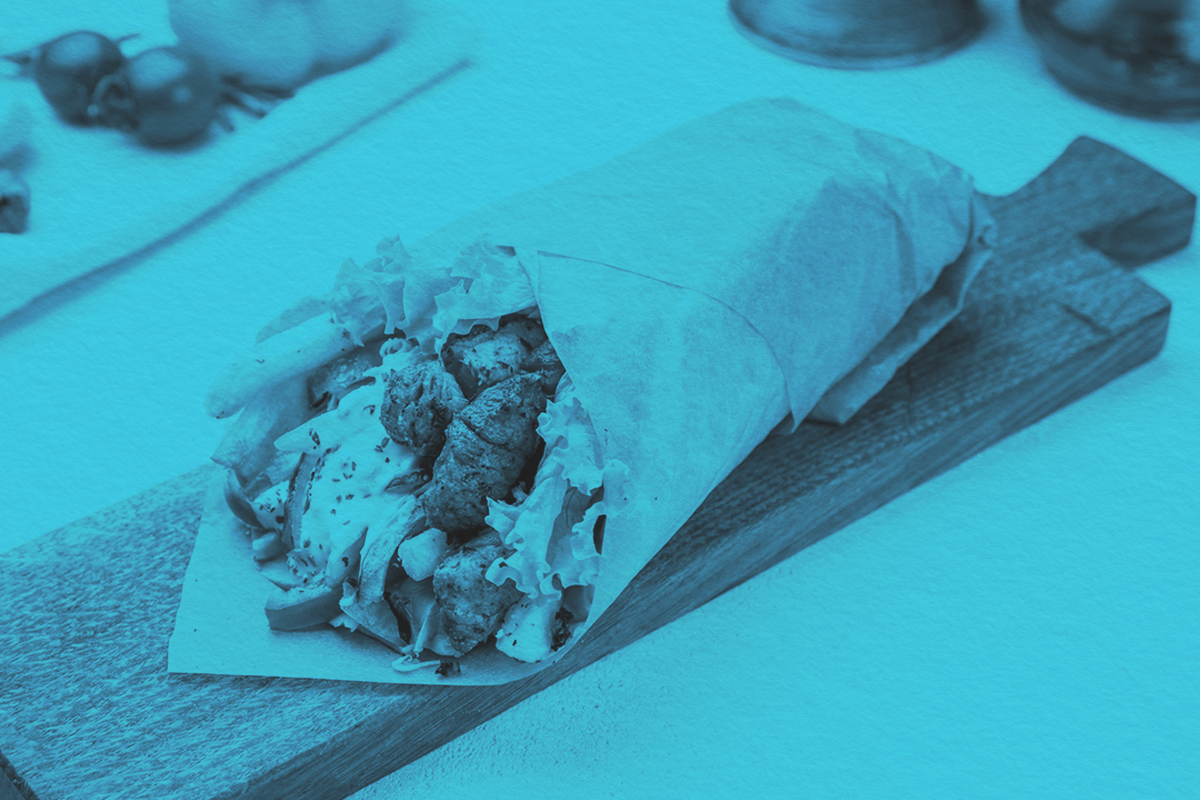
When you were young, you were likely taught about the importance of eating three square meals a day. But you probably never learned why it’s called a “square meal.” This phrase has little to do with the shape of the food or the platter on which it’s served; rather, it relates to the meaning of “square” when it’s an adjective, not a noun. It describes something as being “equal” or “balanced.”
First, we’d be remiss if we didn’t dispel a common myth. An oft-perpetuated theory is that “square meal” comes from the square wooden platters food was served on in the Royal Navy. But according to linguist Gary Martin, there’s no direct evidence to support this tenuous idea, and it’s likely just a folktale.
The concept of a “square meal” has to do with the word “square” itself, which can be defined as “fair or properly arranged.” This means that square meals are balanced to provide nourishing and adequate sustenance, rather than haphazardly thrown together (i.e., eating just a protein bar for lunch because you don’t have enough time). Think of a square meal as having protein, veggies, fruits, carbs, and other elements that make it evenly balanced in the eyes of any nutritionist.
However, what makes up a square meal today doesn’t match what it meant at the time of the phrase’s origination. The concept of a square meal dates to the early 19th century, and it was often used with regard to miners, troops, and mountaineers, who didn’t always have ready access to fresh foods or cooking equipment. An 1863 book about agriculture and mining in California defines a square meal as “a good meal at a table, as distinguished from such meals as men make when they are short of provisions, a condition not uncommon among men who make adventurous trips into the mountains.” Mountaineers often had to make do with what little they had on hand during their trek, so sitting down for a good square meal at an actual table was a treat.
All that is to say that enjoying a square meal or three each day should leave you feeling satisfied, especially compared to eating a less-balanced meal that leaves you feeling sluggish or still hungry.





















